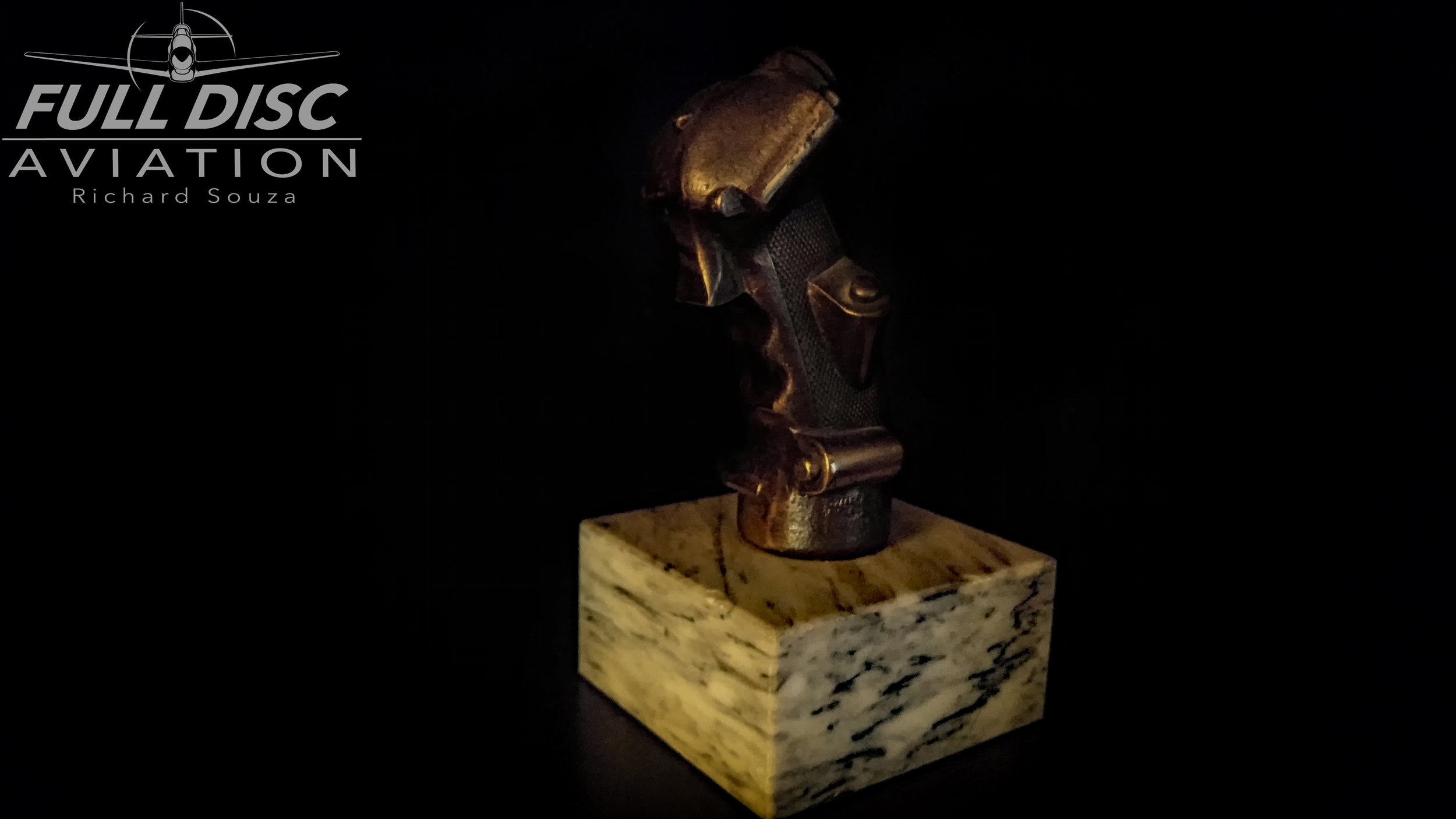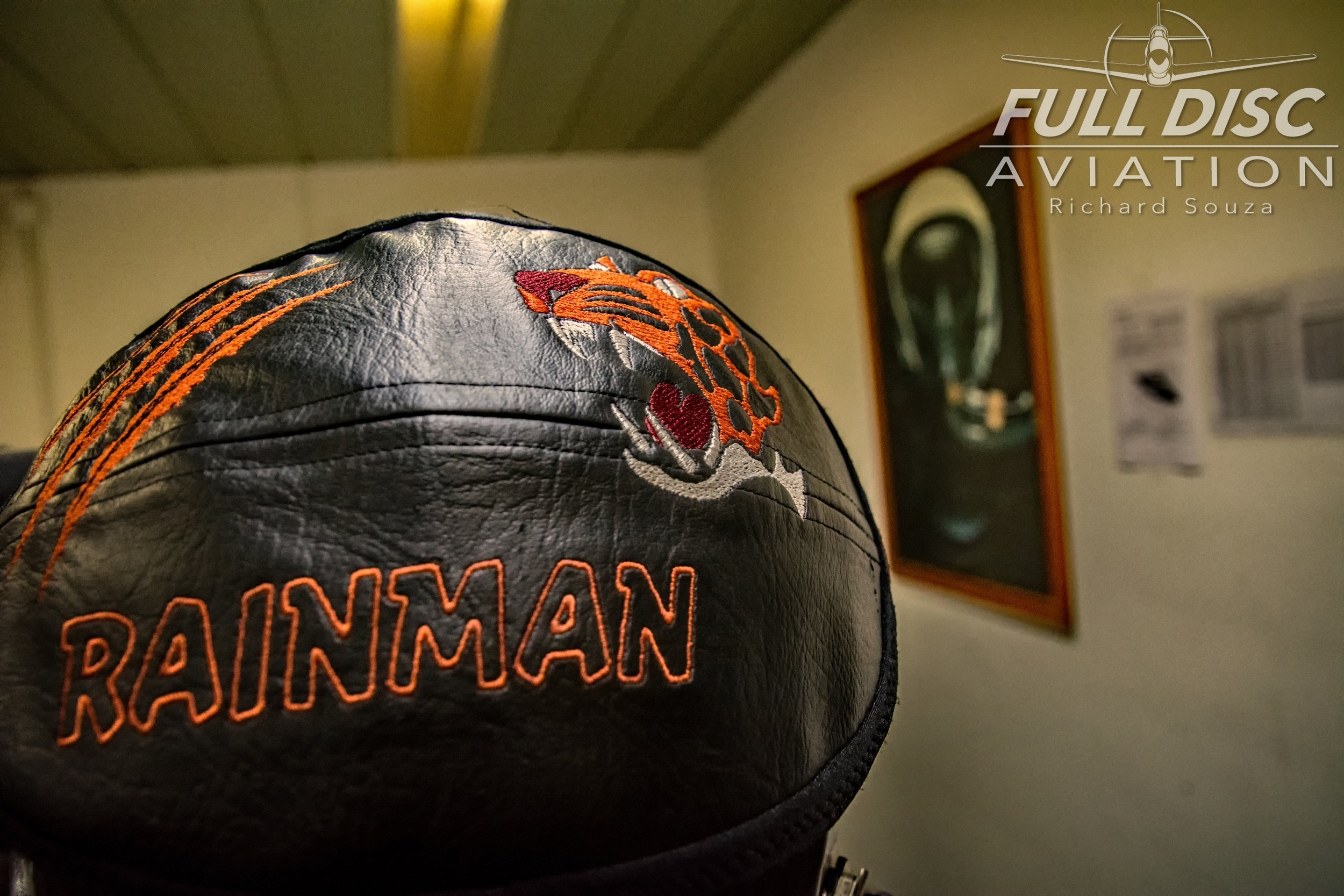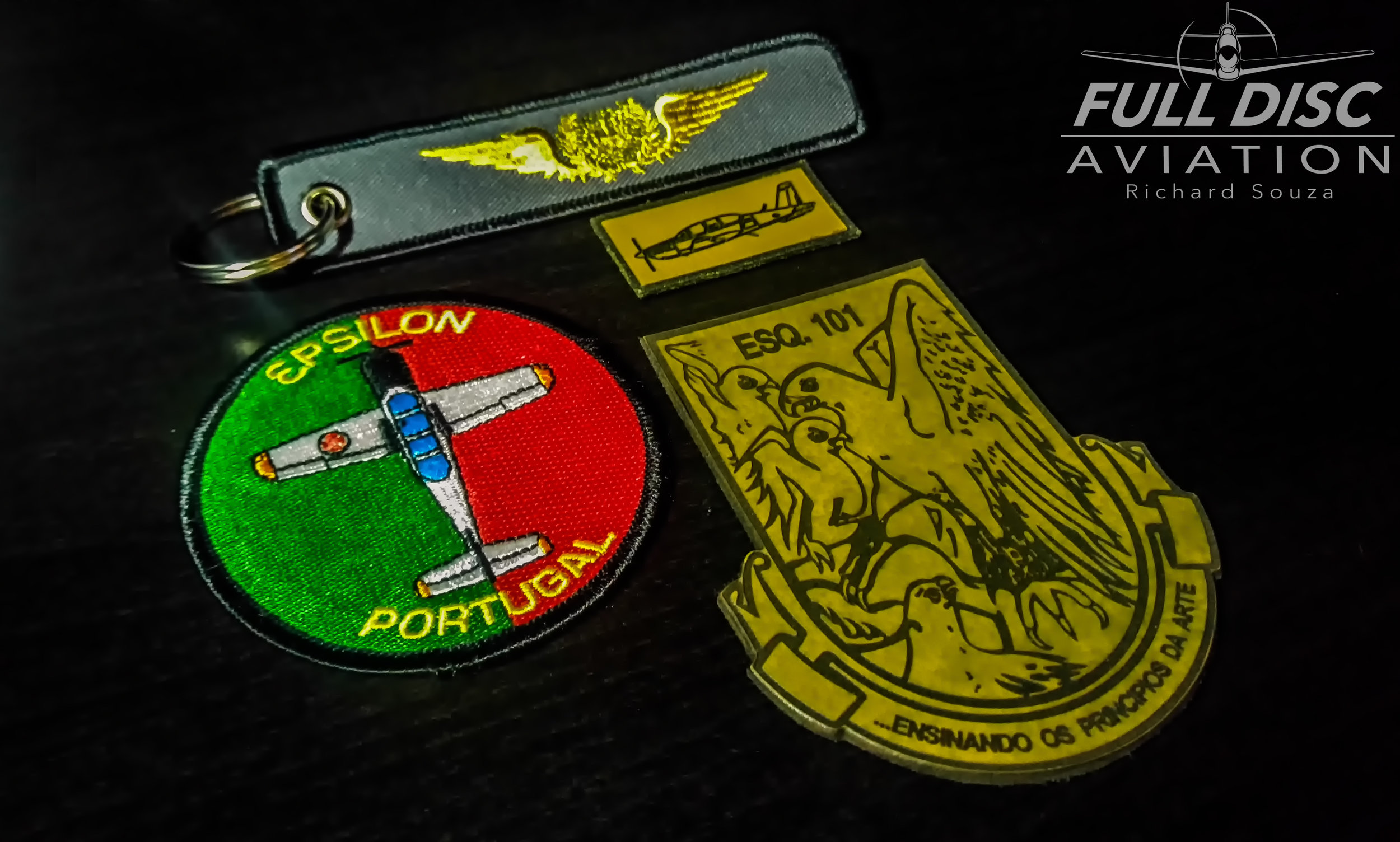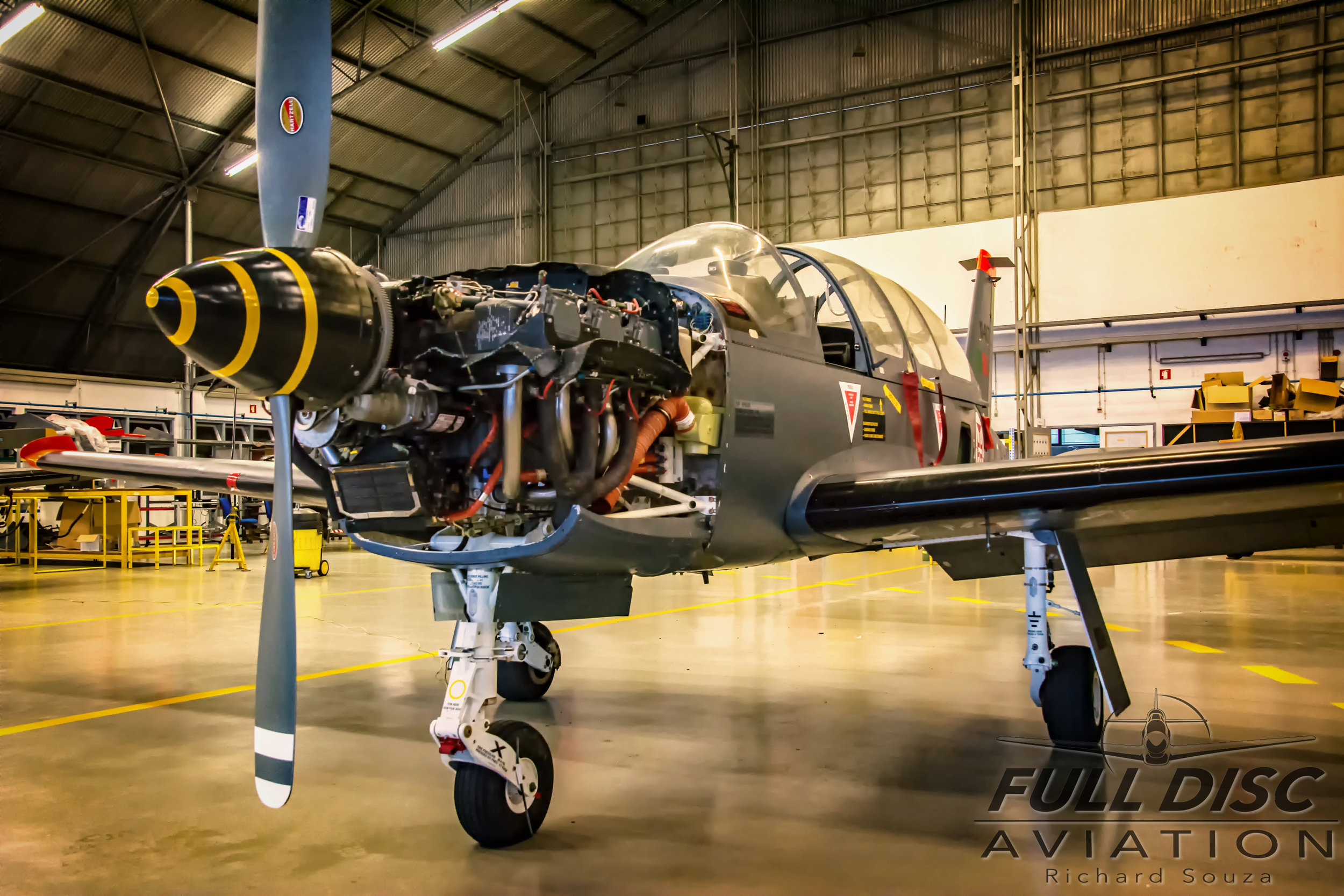Roncos
Esquadra 101 of the Força Aérea Portuguesa
Every weekday, at 4am, the alarm goes off. That staccato tone of the alarm is the constant reminder that drudgery awaits me. At 5:30 am, I grab my lunch bag, say goodbye to the cat and lock the door behind me. I look up at the sky and extend my hand out with my palm facing up. One drop… two drops. Rain, another wonderful addition to my day.
As I drove down a New Jersey state road, the drops hit the windshield. The sound of the rain takes me back to a late October day. It’s like Deja vu. The road whispers in my ear. It was a day like this that I had been waiting for. I left you all last with a wink and a nudge and told you that I would save a story for a rainy day. The time has come for us to rewind; watch the memories of spring and winter roll back to October of last year, Base Aérea N. 1 Sintra Portugal. Act two, scene one… Action.
Across from the base air traffic control tower is a building that is the home of the flight training squadron, Esquadra 101, of the Força Aérea Portuguesa (FAP). This squadron is affectionately known as “Roncos”. I will refrain from translating as many words in Portuguese get lost in translation.
Esquadra 101 is the primary flight training squadron of the FAP. Its lineage dates back to 1914 and the Escola Aeronáutica Militar. As a result of a reorganization of the Força Aérea Portuguesa, Esquadra 101 was formed in 1978. Like many air forces of the day, the de Havilland Chipmunk was the aircraft chosen to train the pilot/candidates. In 1989, the FAP acquired the Socata TB 30 Epsilon and relegated the Chipmunk to the Academia da Força Aérea (Air Force Academy).
As we approach the building, my hosts Capitão (Captain) Reis, Alferes (Second Lieutenants) Lampreia and Bruno Dias point out that the main door to the building is only used by winged pilots. The candidates are not allowed to use the main door until they complete the course and the wings are pinned on their chest. Being escorted by three winged pilots has its perks. Allowed to go through the front door made me feel… IMPORTANTE.
Inside the lights were low and industrial ducts ran throughout the building. This atmosphere was an inheritance left behind by the building's previous tenant, the aerial reconnaissance and research squadron, Esquadra 401 (Os Cientistas or the Scientists). The ducts were part of the system needed to extract the fumes from the film development. As expected, the Esquadra 101 made this place their own. Along the stairwell is the wall of wings. The patch with the name of every flight instructor that ever served with the “Roncos” has a place on the wall.
After reaching the top of the stairs, we make our way toward a corner office. At the door, Cap. Reis knocks and requests permission to enter. Cap. Reis walks in and motions me to follow. I am introduced to Major Eloi Lopes, the Squadron Commander. In April of 2018, this experienced F-16 diver was given command of the Esquadra 101. The young Major shook my hand and asked me to be seated in the small lounge area. Once seated, the Major admitted that he was perplexed. He openly stated that he did not quite understand what it was that I was looking for or what I wanted to write about. Fearing that this would be the end of the road and I was going to be escorted out the door, I took a deep breath and explained the spirit of Full Disc Aviation and how I wanted to write, not only about the Força Aérea Portuguesa, but what it takes to be a pilot in the FAP. Maj. Lopes leaned back, looked at me, nodded his head, and he began to speak.
The journey starts at the Academia da Força Aérea Portuguesa. It is there that the cadets are introduced to the academy’s fleet of de Havilland Chipmunk MK 20 (Modif.). By graduation and once commissioned, the former cadets will have accumulated approximately forty flight hours in that type.
The next step, for the aspiring pilots, is coming face to face with the Socata TB-30 Epsilon. Throughout primary flight training, the pilot/candidates will log approximately two-hundred and thirty hours. Throughout the training, the students receive their instruction from multiple instructors who will then provide input on the pilot/candidate’s performance. The criteria used by the instructors to “grade” the candidate is based on performance, aptitude and personality. The resulting scores are what dictate whether a pilot, newly winged, goes fixed wing or rotary, transport or fighter jet. With the retiring of the Dassault/Dornier Alpha Jet, the FAP, now, sends the future fighter pilots to the United States for training.
After explaining the training process, Maj. Lopes looks at his watch and said “Let me show you around to the part of the building that people like to see”. As we get up, I notice a glass case cabinet against the wall. Inside the cabinet was a collection of awards, medallions and commemorative plaques. What really caught my eye was a solid brass object mounted on a marble base. I point to it and the Major said… “oh that is an aircraft control grip”. I respectfully responded, “I am aware of that, may I see it” and the Major picked it up and handed it to me. I inspected it carefully and made sure to check under the marble base. The felt bottom was worn. That was all the confirmation I needed. I handed it back to Maj. Lopes and asked if he knew where it came from. He shook his head and said, “No, I do not, it has always been here”. I smiled and with a chest full of pride, I told this small cadre of officers that it came from my father. The stunned look I got mandated that I explain further.
My father was an English instructor at their air force academy and one day he had an idea. He got his hands on genuine T-37 and Alpha Jet control grips and had molds cast. A family member manufactured the solid brass control grip replicas which were then mounted on a marble base. The marble was purchased at one of the quarries right outside BA1. My father then sold these items to the Portuguese officers. It is quite possible that I glued the felt that is on the bottom of this particular marble base. Somehow, that little tidbit of information broke the remaining ice between the Major and myself. I think it was at that point that Maj. Lopes saw that, while I am not a pilot, my love for aviation runs deep and we were walking on common ground.
For the next stop, we made our way back down the stairs to the simulator room. As the Major stated, this is what visitors like to see. The simulators are non-motion, but one would not know this by looking at the panoramic screen and the moving images. Being prone to motion sickness, I had to make an effort so that my day would not be ruined.
After a few photographs of the simulator, Maj. Lopes invited me to climb inside for a flight. This is the part where my nose could grow like Pinocchio or just tell it like it happened. I honestly had a bit of difficulty on the take off. I had to resort to what is known as E.L.A.T.O. (Eloi Lopes Assisted Take Off). Once airborne, I took control of the Epsilon and kept her steady. I slowly but surely got the hang of it.
When it came time to buzz the tower, I figured that since the Major had the Tom Cruise boyish look going, he was the man for the job. There was no backseat for this Goose. Maj. Lopes strapped himself in and executed a perfect Top Gun low level tower buzz. The good thing about simulators is that pilot/candidates can get the urge out of their system. I am sure Sargento-Ajudante (Senior Master Sergeant) José Rocha in the tower appreciates it.
After bringing the simulated aircraft back to earth, the house lights were turned on. The Major asked what I thought. I just smiled and shook my head in amazement. It later dawned on me… I am the only member of Full Disc Aviation with Epsilon simulator time.
By this time, Maj. Lopes and I were on the same wavelength. We exited the simulator room and walked across the hallway. There was another door. This was more exciting than a gameshow. By the grin on the Major’s face, I knew that it was going to be interesting. He opened the door and I stepped inside the aircrew flight equipment room. This is where the pilots suit up and don their survival gear, g-suits and the most personal of items, the bone dome… or flight helmet. The Major read my mind. This is like walking into a major league sports locker room. Not something the average person sees and this average guy was soaking it all in. I looked at Maj. Lopes and ask him to point his helmet out. “Rain Man”… I had to stop my imagination from running away and I know better than to ask a pilot how they got their call sign. I just remained quiet and photographed.
The Major had a prescheduled meeting that he much needed to attend and just as when Elvis left the building, the visit was about to come to an end. We began to wrap things up outside under continuous drops of rain. Maj. Lopes suddenly excused himself and rushed back into the building. Minutes later he returned and said, “I couldn’t let you leave without some squadron swag”… It felt like Christmas. With that, the Major ran off to the meeting like a school boy who was late for class.
The final stop of this wonderful tour was to the maintenance hangar. This is where the pilot’s best friends sweat over the winged chariots. The maintenance squadron is comprised of about 80 women and men. They are responsible for the upkeep and servicing of the Epsilons as well as the academy’s fleet of Chipmunks. Their service record is impeccable. The Epsilon has been in service with the FAP for 30 years and this type has logged an impressive 100,000 flight hours. Of the 18 aircraft purchased in 1989, 16 remain in service. Alf. Lampreia and I walked around the hangar trying not to distract the maintenance crews while they worked on the aircraft. They have to keep these birds in a constant state of ready so the pilot training stays on schedule. As one crop is harvested, another is planted and on the path to earn those wings.
Months have passed since that day at BA1 Sintra. Every time those rain clouds approach, I think back to that day. Just me… and some pilots, talking about things that fly. Sometimes, the best days are rainy days. After the rain comes the rainbow and under that rainbow… well, you know the rest.
Full Disc Aviation wishes to Thank the Força Aérea Portuguesa, Coronel Luis Manuel Nunes Serôdio and the entire Command of Base Aerea N. 1 for making this story possible.
I want to personally Thank Capitão Pedro Reis, Alferes Vasco Lampreia, Alferes Bruno Dias and Major Eloi Lopes for your hospitality and sharing your passion.
For more information:
Força Aérea Portuguesa - www.emfa.pt
